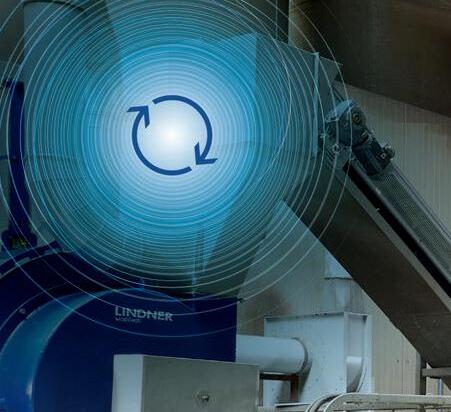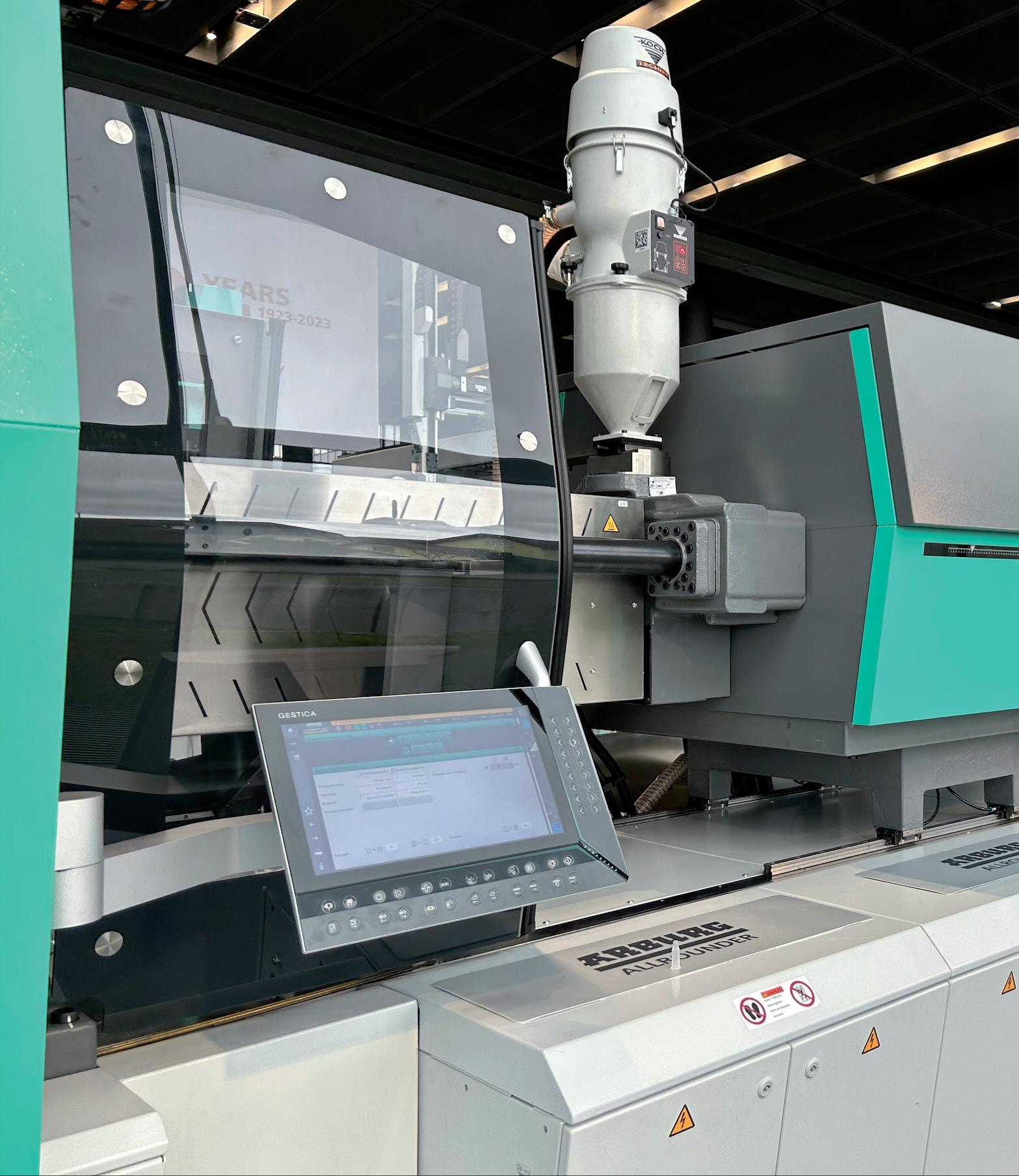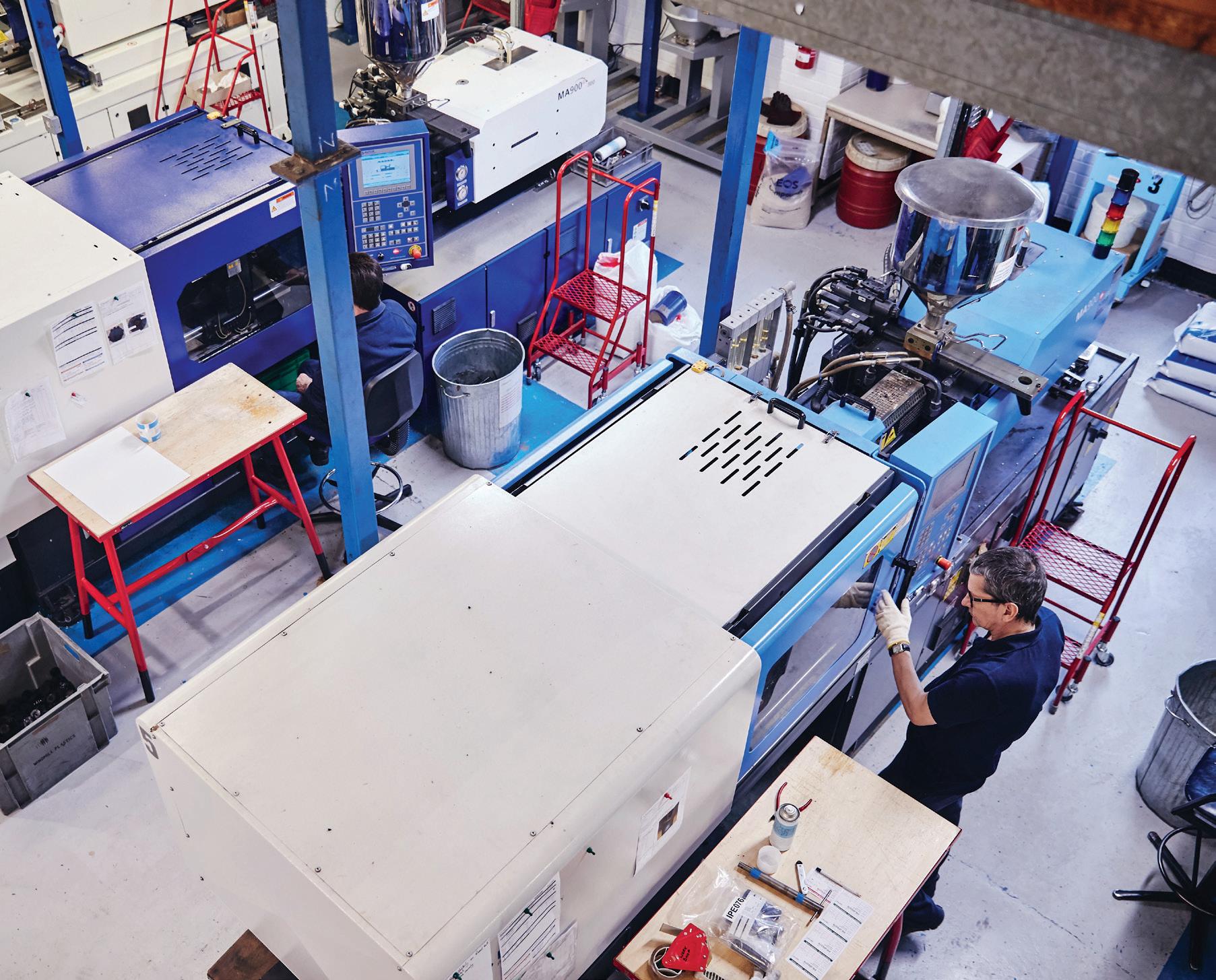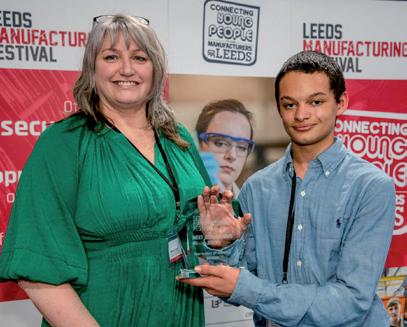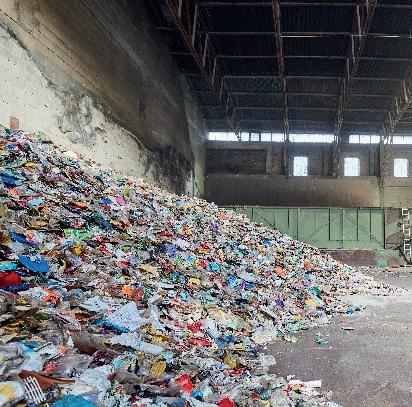
1 minute read
Keeping pace with high-quality
from BP&R Mar 23

The plastic industry is in transition and facing a set of challenges, the most prominent of which is delivering high-quality secondary feedstock in large enough volumes to meet the ever-growing demand Over the last decades, plastic production rates shot up unprecedentedly. According to Plastics Europe, global plastic production reached 390.7 million metric tons in 2021, of which 352.3 MT is virgin-based (90.2%) and only 32.5 MT (8.3%) from post-consumer recycled plastics. A closer look at the distribution of the total plastic production by type reveals that polyolefins make up the majority of it with manufacturing rates amounting to approximately 180.5 million MT. Although there is an affluence of plastic on the market and further increase expected, recycling rates remain low and access to high-quality recyclates is limited. In times when legislation and recycled content targets become increasingly stringent and time-sensitive, it is crucial to unlock the potential of existing solutions.
A glance at the current state of recycling shows that waste management infrastructures, from collection to sorting and recycling, have become more mature in numerous countries around the world, but the capacities available are still not keeping pace with the ever-increasing demand for recycled resin. More investment is needed to establish solutions at scale, producing the volumes and qualities required. Fortunately, some bottlenecks can be overcome with sensor-based flake sorting solutions. As part of the recycling process, flake sorting narrows both the

